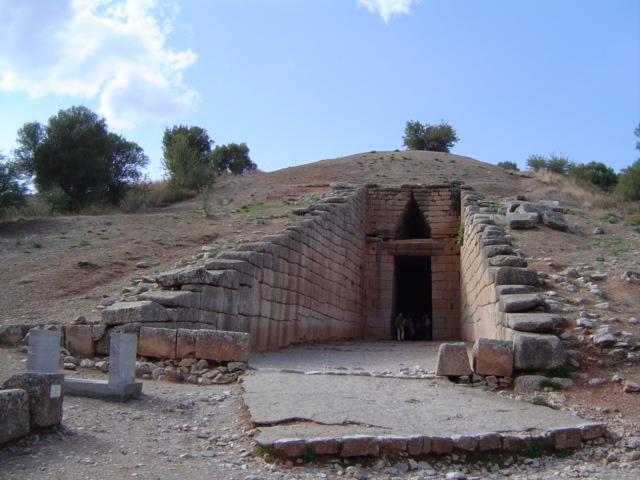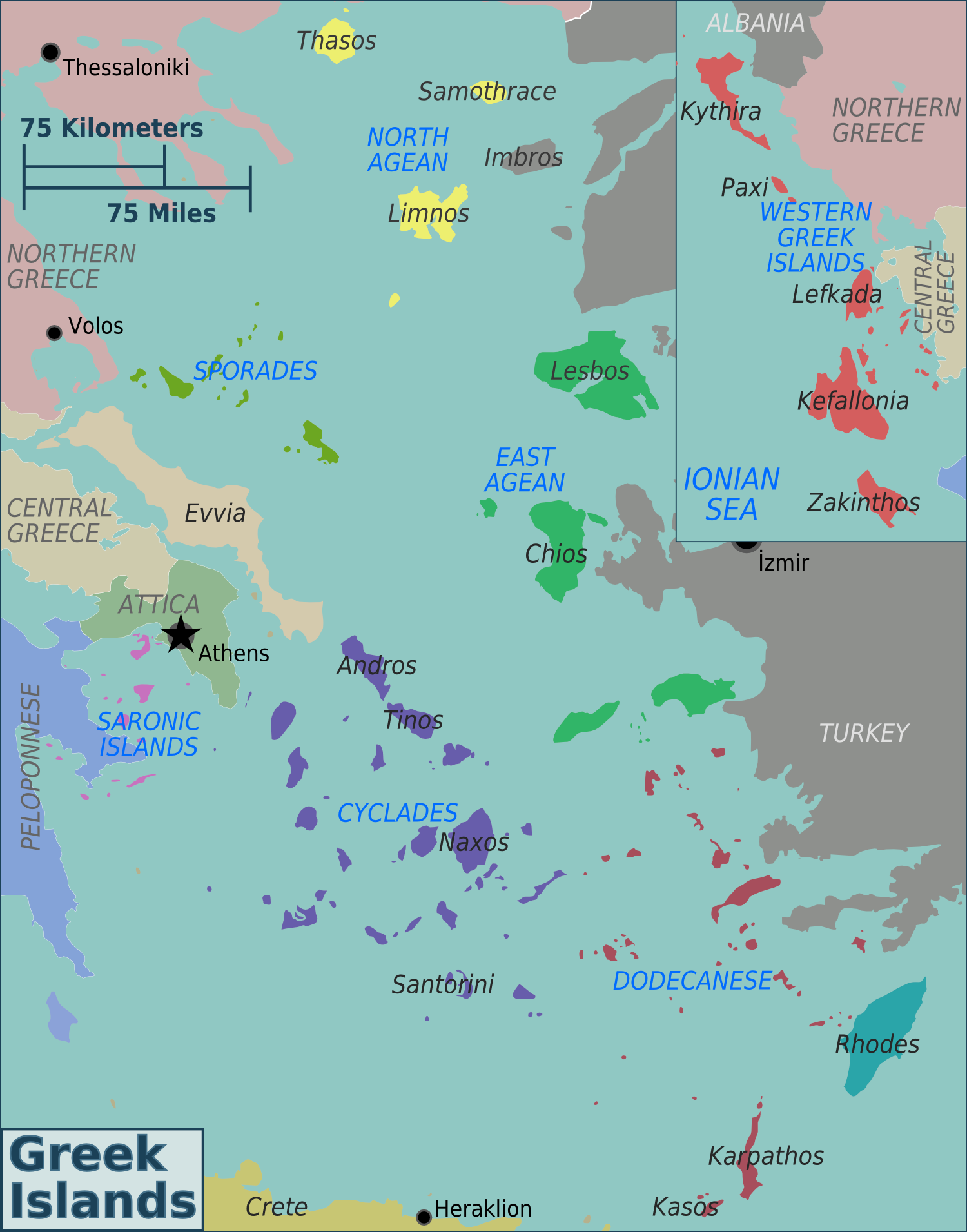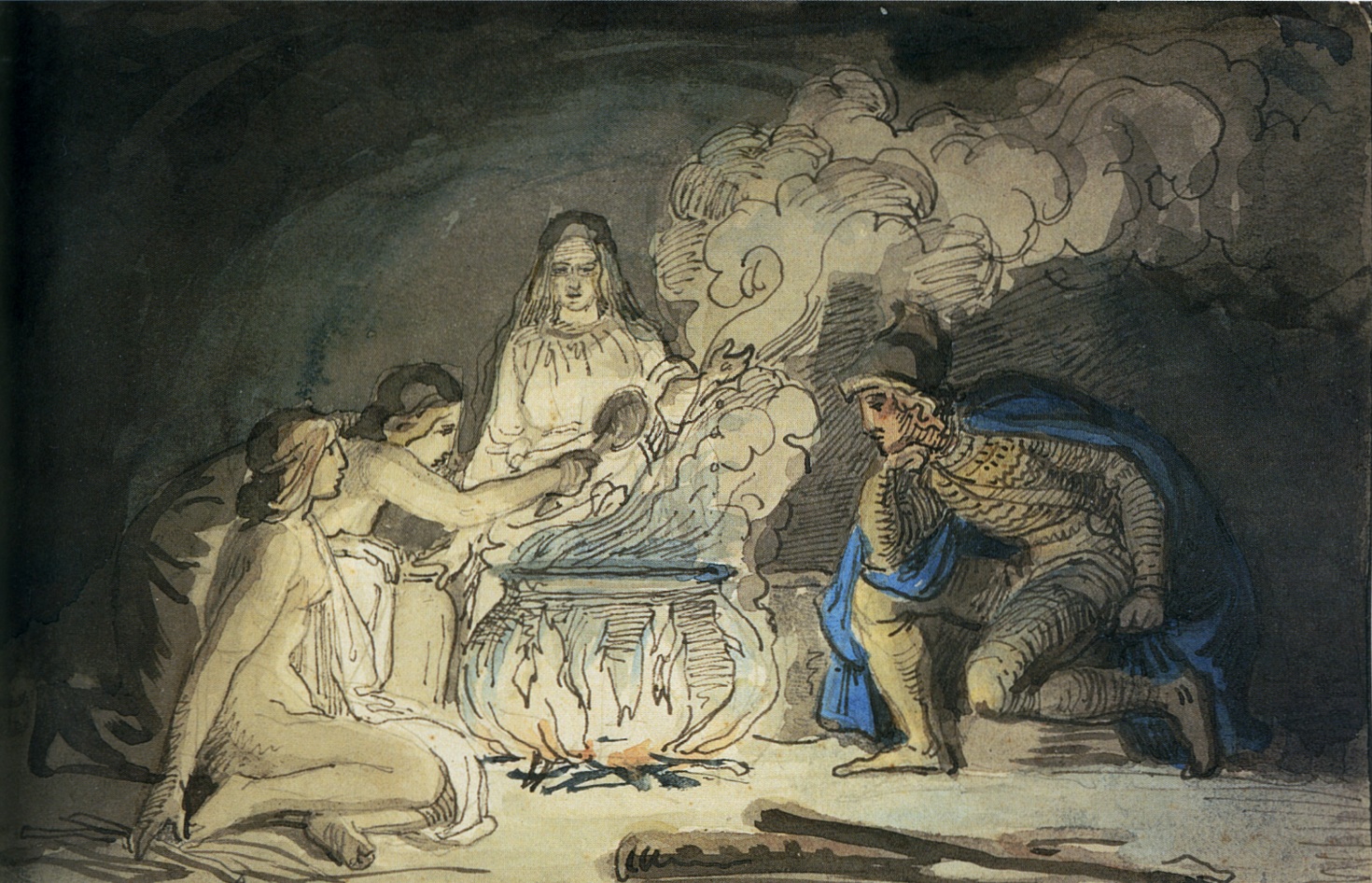|
Aegilips
Aegilips () is an Ancient Greek name of an island in the Ionian Sea, near Ithaca. In Homer's ''Iliad'', book II, Aegilips is part of Odysseus's kingdom. Some researchers, including Wilhelm Dörpfeld estimate that Aegilips is present day island of Meganisi Meganisi (Greek: Μεγανήσι, literally "big island") is a Greek island and municipality immediately to the east-southeast of the island of Lefkada. The municipality includes the offshore islands of Skorpios (pop. 2 persons) and Sparti. The .... Geography of the Odyssey Islands of Greece History of the Ionian Islands Mythological islands Locations in the Iliad Landforms of Ithaca Landforms of the Ionian Islands (region) Populated places in ancient Ionian Islands {{IonianIslands-geo-stub ... [...More Info...] [...Related Items...] OR: [Wikipedia] [Google] [Baidu] |
Homeric Greek
Homeric Greek is the form of the Greek language that was used by Homer in the ''Iliad'', ''Odyssey'', and Homeric Hymns. It is a literary dialect of Ancient Greek consisting mainly of Ionic Greek, Ionic, with some Aeolic Greek, Aeolic forms, a few from Arcadocypriot Greek, Arcadocypriot, and a written form influenced by Attic Greek, Attic. It was later named Epic Greek because it was used as the language of epic poetry, typically in dactylic hexameter, by poets such as Hesiod and Theognis of Megara. Compositions in Epic Greek may date from Nonnus, as late as the 5th century CE, and it only fell out of use by the end of Classical antiquity. Main features In the following description, only forms that differ from those of later Greek are discussed. Omitted forms can usually be predicted from patterns seen in Ionic Greek. Phonology Homeric Greek is like Ionic Greek, and unlike Attic Greek, Classical Attic, in shifting almost all cases of long to : thus, Homeric for Attic "Troy", "h ... [...More Info...] [...Related Items...] OR: [Wikipedia] [Google] [Baidu] |
Ancient Greek
Ancient Greek includes the forms of the Greek language used in ancient Greece and the ancient world from around 1500 BC to 300 BC. It is often roughly divided into the following periods: Mycenaean Greek (), Dark Ages (), the Archaic period (), and the Classical period (). Ancient Greek was the language of Homer and of fifth-century Athenian historians, playwrights, and philosophers. It has contributed many words to English vocabulary and has been a standard subject of study in educational institutions of the Western world since the Renaissance. This article primarily contains information about the Epic and Classical periods of the language. From the Hellenistic period (), Ancient Greek was followed by Koine Greek, which is regarded as a separate historical stage, although its earliest form closely resembles Attic Greek and its latest form approaches Medieval Greek. There were several regional dialects of Ancient Greek, of which Attic Greek developed into Koi ... [...More Info...] [...Related Items...] OR: [Wikipedia] [Google] [Baidu] |
Ionian Sea
The Ionian Sea ( el, Ιόνιο Πέλαγος, ''Iónio Pélagos'' ; it, Mar Ionio ; al, Deti Jon ) is an elongated bay of the Mediterranean Sea. It is connected to the Adriatic Sea to the north, and is bounded by Southern Italy, including Calabria, Sicily, and the Salento peninsula to the west, southern Albania (and western Apulia, Italy) to the north, and the west coast of Greece, including the Peloponnese. All major islands in the sea, which are located in the east of the sea, belong to Greece. They are collectively named the Ionian Islands, the main ones being Corfu, Kefalonia, Zakynthos, Lefkada, and Ithaca. There are ferry routes between Patras and Igoumenitsa, Greece, and Brindisi and Ancona, Italy, that cross the east and north of the Ionian Sea, and from Piraeus westward. Calypso Deep, the deepest point in the Mediterranean at , is in the Ionian Sea, at . The sea is one of the most seismically active areas in the world. Etymology The name ''Ionian'' c ... [...More Info...] [...Related Items...] OR: [Wikipedia] [Google] [Baidu] |
Homer's Ithaca
Ithaca (; Greek: Ιθάκη, ''Ithakē'') was, in Greek mythology, the island home of the hero Odysseus. The specific location of the island, as it was described in Homer's ''Odyssey'', is a matter for debate. There have been various theories about its location. Modern Ithaca has traditionally been accepted to be Homer's island. One recent alternative candidate is Paliki, which may have been an island separated from the rest of Kefalonia, as argued by Bittlestone, Diggle and Underhill in '' Odysseus Unbound''. This theory, however, has not been generally accepted on grounds of geology, archaeology, philology, or historical and Homeric analysis. “What is clearly missing,” wrote Dr Christine Haywood reviewing ''Odysseus Unbound'', “is a good knowledge of the complexities of Homeric language, and the support of archaeology.”''Classics Ireland'', vol. 14 (2007), p. 90. The central characters of the epic such as Odysseus, Achilles, Agamemnon and Hector are sometimes believe ... [...More Info...] [...Related Items...] OR: [Wikipedia] [Google] [Baidu] |
Iliad
The ''Iliad'' (; grc, Ἰλιάς, Iliás, ; "a poem about Ilium") is one of two major ancient Greek epic poems attributed to Homer. It is one of the oldest extant works of literature still widely read by modern audiences. As with the '' Odyssey'', the poem is divided into 24 books and contains 15,693 lines in its most widely accepted version, and was written in dactylic hexameter. Set towards the end of the Trojan War, a ten-year siege of the city of Troy by a coalition of Mycenaean Greek states, the poem depicts significant events in the siege's final weeks. In particular, it depicts a fierce quarrel between King Agamemnon and a celebrated warrior, Achilles. It is a central part of the Epic Cycle. The ''Iliad'' is often regarded as the first substantial piece of European literature. The ''Iliad'', and the ''Odyssey'', were likely written down in Homeric Greek, a literary amalgam of Ionic Greek and other dialects, probably around the late 8th or early 7th century BC. ... [...More Info...] [...Related Items...] OR: [Wikipedia] [Google] [Baidu] |
Odysseus
Odysseus ( ; grc-gre, Ὀδυσσεύς, Ὀδυσεύς, OdysseúsOdyseús, ), also known by the Latin variant Ulysses ( , ; lat, UlyssesUlixes), is a legendary Greek king of Ithaca and the hero of Homer's epic poem the ''Odyssey''. Odysseus also plays a key role in Homer's ''Iliad'' and other works in that same epic cycle. Son of Laërtes and Anticlea, husband of Penelope, and father of Telemachus and Acusilaus, Odysseus is renowned for his intellectual brilliance, guile, and versatility (''polytropos''), and is thus known by the epithet Odysseus the Cunning ( grc-gre, μῆτις, mêtis, cunning intelligence). He is most famous for his '' nostos'', or "homecoming", which took him ten eventful years after the decade-long Trojan War. Name, etymology, and epithets The form ''Odys(s)eus'' is used starting in the epic period and through the classical period, but various other forms are also found. In vase inscriptions, we find the variants ''Oliseus'' (), ''Olyseus' ... [...More Info...] [...Related Items...] OR: [Wikipedia] [Google] [Baidu] |
Wilhelm Dörpfeld
Wilhelm Dörpfeld (26 December 1853 – 25 April 1940) was a German architect and archaeologist, a pioneer of stratigraphic excavation and precise graphical documentation of archaeological projects. He is famous for his work on Bronze Age sites around the Mediterranean, such as Tiryns and Hisarlik (the site of the legendary city of Troy), where he continued Heinrich Schliemann's excavations. Like Schliemann, Dörpfeld was an advocate of the historical reality of places mentioned in the works of Homer. While the details of his claims regarding locations mentioned in Homer's writings are not considered accurate by later archaeologists, his fundamental idea that they correspond to real places is accepted. Thus, his work greatly contributed to not only scientific techniques and study of these historically significant sites but also a renewed public interest in the culture and the mythology of Ancient Greece. Life He was born in Barmen, Rhenish Prussia, the son of Christine and . H ... [...More Info...] [...Related Items...] OR: [Wikipedia] [Google] [Baidu] |
Meganisi
Meganisi (Greek: Μεγανήσι, literally "big island") is a Greek island and municipality immediately to the east-southeast of the island of Lefkada. The municipality includes the offshore islands of Skorpios (pop. 2 persons) and Sparti. The municipality has an area of 22.356 km2. Its total population was 1,041 at the 2011 census. The island has three villages: the central village of Katomeri (pop. 492) and the ports of Vathy (145) and Spartochori (453 inhabitants). There is also a harbour at Atheni Bay used mainly by fishing boats. Meganisi is connected with Lefkada by a car ferry service from Vathy and Spartochori. Meganisi has a school, a lyceum (middle school), an ATM, churches and a few squares ('' plateies''). The island has no secondary school, so pupils attend the nearby school in Nydri, on Lefkada. Some researchers, including Wilhelm Dörpfeld estimate that Meganisi was the Homeric island of Krocylea, which was part of Odysseus' kingdom. Municipality Muni ... [...More Info...] [...Related Items...] OR: [Wikipedia] [Google] [Baidu] |
Geography Of The Odyssey
Events in the main sequence of the ''Odyssey'' (excluding the narrative of Odysseus's adventures) take place in the Peloponnese and in what are now called the Ionian Islands ( Ithaca and its neighbours). Incidental mentions of Troy and its house, Phoenicia, Egypt, and Crete hint at geographical knowledge equal to, or perhaps slightly more extensive than that of the ''Iliad''. However, scholars both ancient and modern are divided whether any of the places visited by Odysseus (after Ismaros and before his return to Ithaca) were real. The geographer Strabo and many others came down squarely on the skeptical side: he reported what the great geographer Eratosthenes had said in the late 3rd century BC: "You will find the scene of Odysseus's wanderings when you find the cobbler who sewed up the bag of winds." Geography of the Telemachy The journey of Telemachus to Pylos and Sparta no longer raises geographical problems. The location of Nestor's Pylos was disputed in antiquity; to ... [...More Info...] [...Related Items...] OR: [Wikipedia] [Google] [Baidu] |
Islands Of Greece
Greece has many islands, with estimates ranging from somewhere around 1,200 to 6,000, depending on the minimum size to take into account. The number of inhabited islands is variously cited as between 166 and 227. The largest Greek island by area is Crete, located at the southern edge of the Aegean Sea. The second largest island is Euboea or Evvia, which is separated from the mainland by the 60m-wide Euripus Strait, and is administered as part of the Central Greece region. After the third and fourth largest Greek islands, Lesbos and Rhodes, the rest of the islands are two-thirds of the area of Rhodes, or smaller. The Greek islands are traditionally grouped into the following clusters: the Argo-Saronic Islands in the Saronic Gulf near Athens; the Cyclades, a large but dense collection occupying the central part of the Aegean Sea; the North Aegean islands, a loose grouping off the west coast of Turkey; the Dodecanese, another loose collection in the southeast between Crete ... [...More Info...] [...Related Items...] OR: [Wikipedia] [Google] [Baidu] |
Mythological Islands
Myth is a folklore genre consisting of narratives that play a fundamental role in a society, such as foundational tales or origin myths. Since "myth" is widely used to imply that a story is not objectively true, the identification of a narrative as a myth can be highly controversial. Many adherents of religions view their own religions' stories as truth and so object to their characterization as myth, the way they see the stories of other religions. As such, some scholars label all religious narratives "myths" for practical reasons, such as to avoid depreciating any one tradition because cultures interpret each other differently relative to one another. Other scholars avoid using the term "myth" altogether and instead use different terms like "sacred history", "holy story", or simply "history" to avoid placing pejorative overtones on any sacred narrative. Myths are often endorsed by secular and religious authorities and are closely linked to religion or spirituality. Many soc ... [...More Info...] [...Related Items...] OR: [Wikipedia] [Google] [Baidu] |





